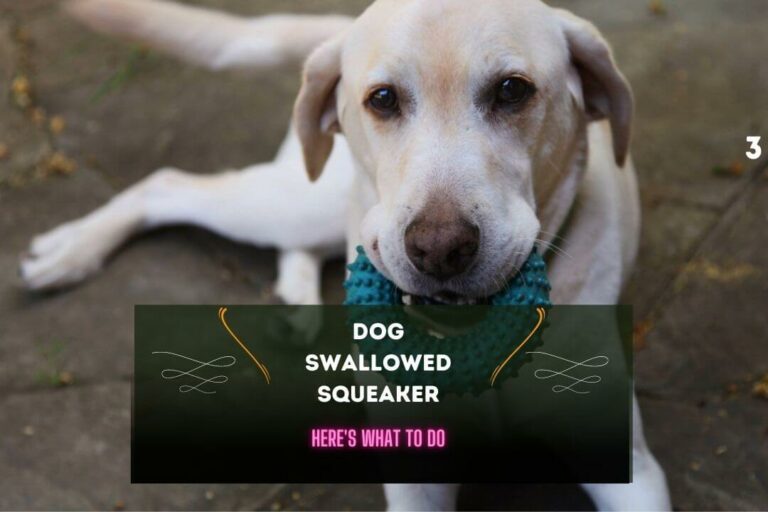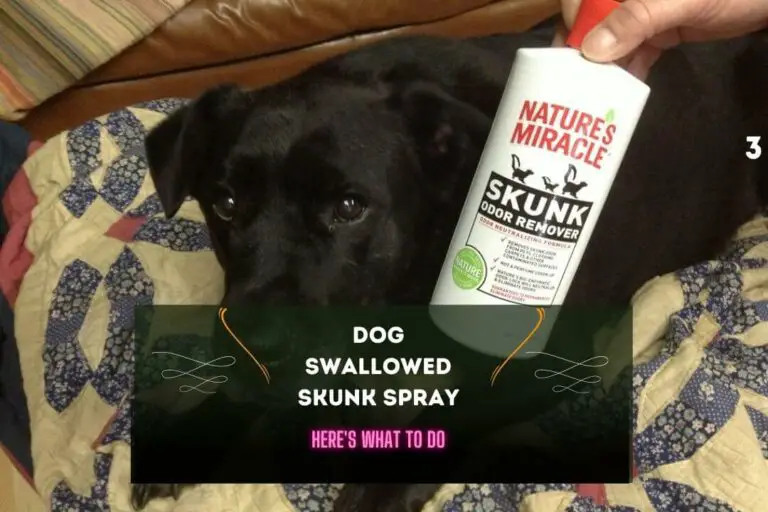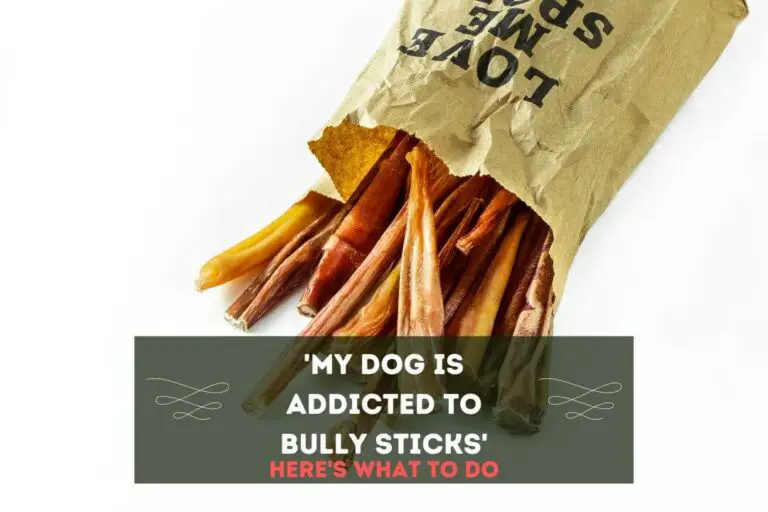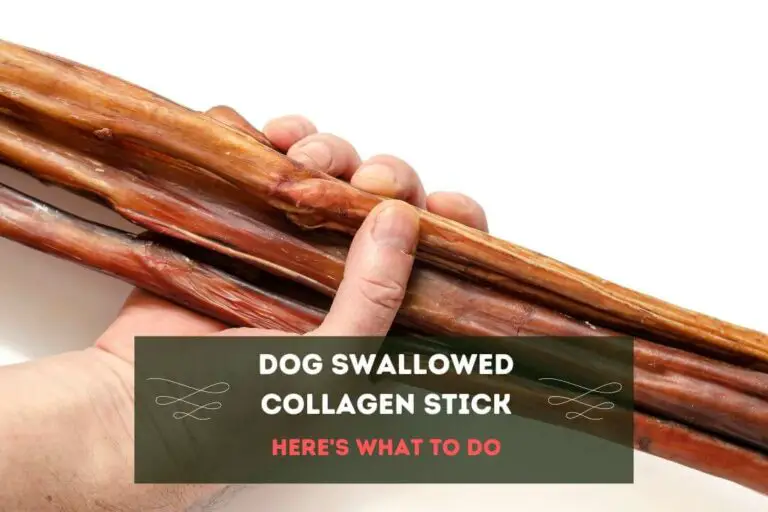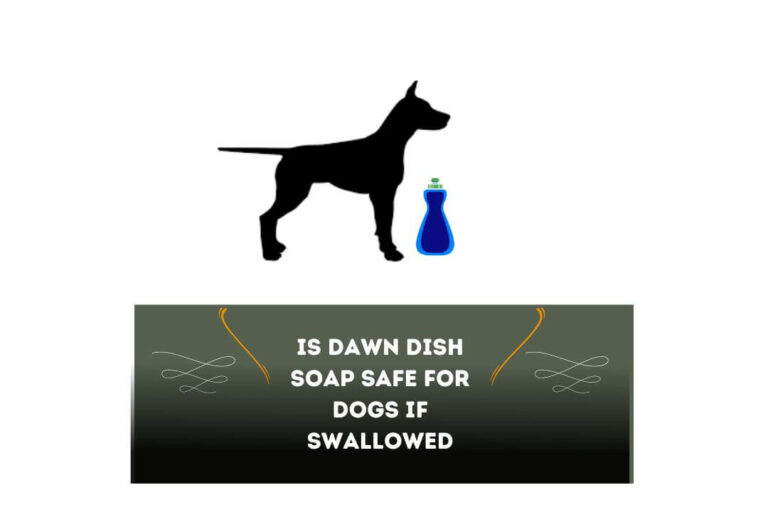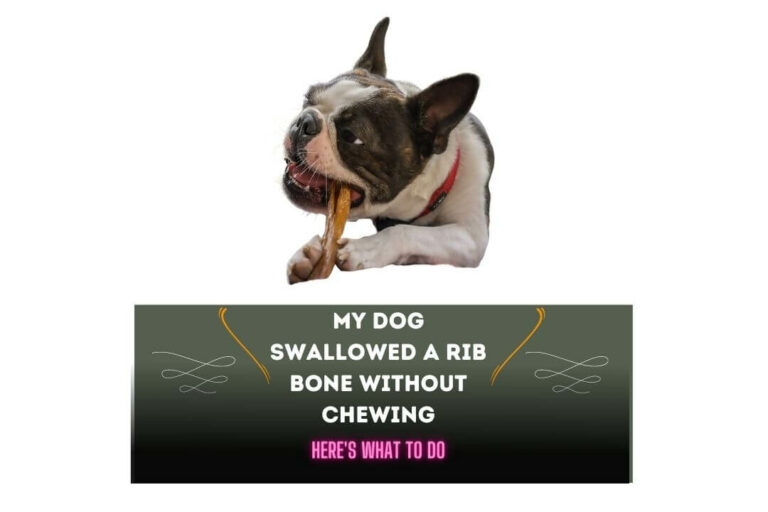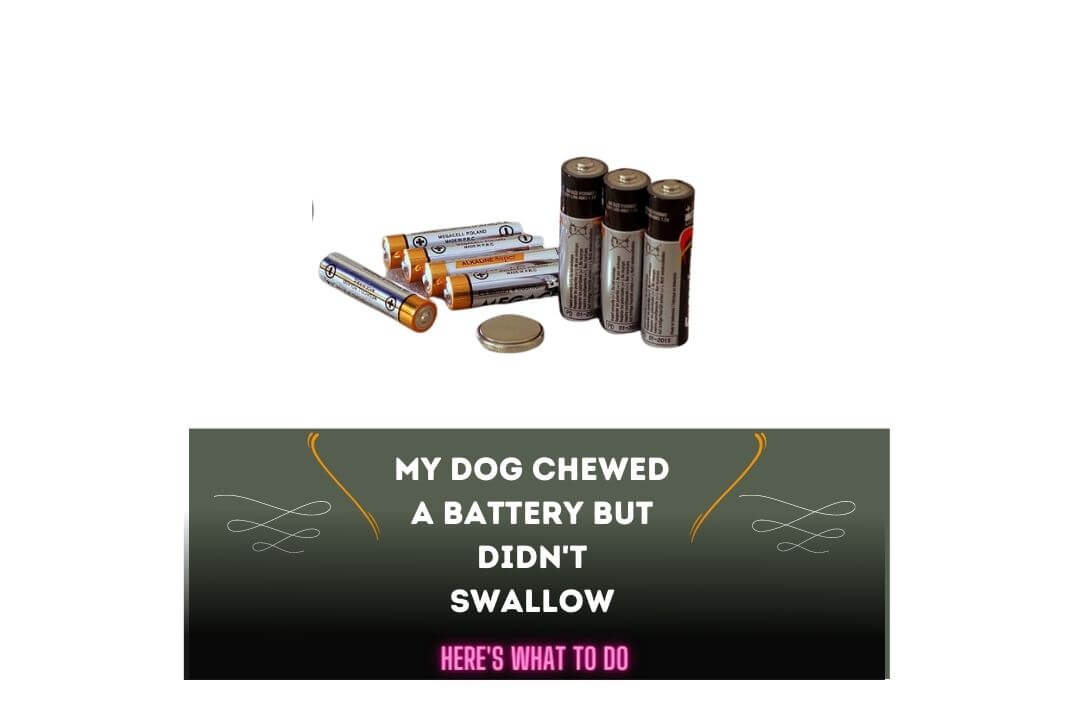
If you want to know what to do if “my dog chewed a battery but didn’t swallow, read this article thoroughly. When it comes to our pets, their safety always becomes our top priority.
Being a responsible owner, you should know all the dangers your dog may face while living with you. One such unexpected risk that many dog owners face is their dog chewing on a battery.
Well, it is a relief that your dog didn’t swallow the battery, but you must be quick with the appropriate action to ensure your dog’s well-being. In this article, I will help you learn the risk associated with chewing battery or battery exposure and the signs and symptoms you should watch out for.
Also, I will tell you the immediate actions you should take, potential complications, and long-term effects that you should know. Later on, I will provide you with some valuable tips on preventing any battery incident in the future from recurring or occurring.
Risks, Signs, & Symptoms
Depending on the type of battery your dog chewed, its health will be affected. Many types of batteries are available in the market, including alkaline, lithium, and button batteries.
And you should know that each type poses potential hazards if exposed to your dog’s mouth. If your dog has chewed on Alkaline batteries, it may leak alkaline electrolytes, causing chemical burns, whereas lithium batteries can release corrosive materials.
You should always keep Button batteries out of your dog’s reach, commonly found in watches or remote controls. Button batteries are particularly dangerous due to their small size and high electrical charge. Additionally, The dangers associated with battery ingestion include internal burns, blockages, and even systemic toxicity.
3 Types of Batteries and Associated Risks
| Battery Type | Potential Hazards |
| Alkaline | Chemical burns from alkaline electrolyte leakage |
| Lithium | Release of corrosive materials |
| Button | High electrical charge, potential blockages |
5 Signs and Symptoms of Battery Exposure
If your dog has accidentally chewed on a battery, you must watch out for signs of battery exposure in your dog. If you notice any behavior changes in your dog, like restlessness, discomfort, drooling, or reluctance to eat or drink, you should immediately call your veterinarian for consultation and advice.
Your veterinarian may recommend visiting its clinic for proper diagnosis and further treatment. A few other common physical symptoms that your dog may exhibit after battery exposure, like redness, swelling, or ulceration of the mouth or lips. You must also note that the effects of battery exposure can sometimes be delayed, leading to potential long-term complications.
My Dog Chewed a Battery but Didn’t Swallow: 3 Immediate Actions to Take
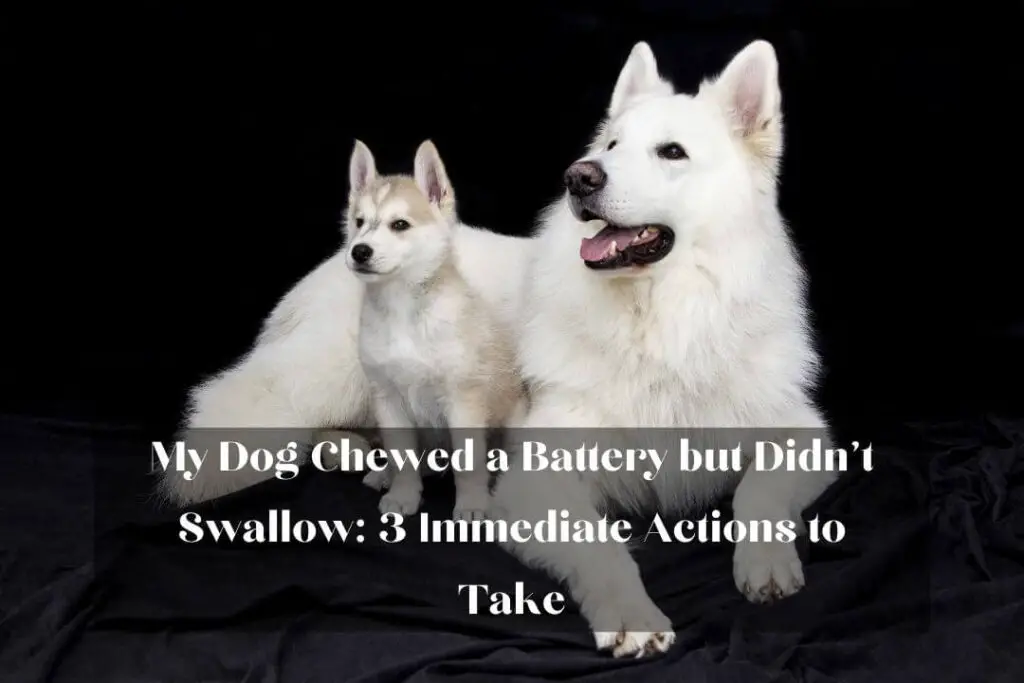
- Safely Remove The Battery From Your Dog’s Mouth: The first thing you need to do is prevent the battery injection by removing it from your dog’s mouth. Therefore, you must use protective gloves or tools like tweezers to avoid direct contact with the battery. Also, you must be cautious not to push the battery further into your dog’s mouth.
- Assess The Extent Of The Damage: After removing the battery and keeping it out of your dog’s reach, inspect your furry friend’s mouth for signs of acid burns or injuries. Also, you need to check for missing or damaged teeth as well.
- Prevent Further Battery Exposure: Lastly, you must secure the area to prevent your dog from accessing additional batteries or battery remnants.
Assessing the Damage
To properly assess the damage caused by the battery exposure, follow these steps:
Examine Your Dog’s Mouth
Firstly, you must examine your dog’s mouth and surrounding area. You must gently open your dog’s mouth and check for signs of battery acid burns or injury. If you notice any redness, swelling, or ulceration on your dog’s gums, tongue, or lips, get it to the nearest veterinary clinic for proper diagnosis & treatment.
Identify The Severity
You’re not alone if you don’t know how battery acid burns look. Generally, chemical burns look similar to battery acid burns on fur & the skin around dogs’ mouths.
It is also important to note the severity and extent of this burn to let the veterinarian know about the current situation. If your vet is not picking up your call or you can’t reach them, get your dog to the nearest animal emergency care hospital.
Check For Missing Teeth
While chewing on the battery, your dog’s teeth might get broken. You should know that battery chewing incidents sometimes result in broken or missing teeth. Therefore, examine your dog’s teeth, and if you find anything amiss, report it to your veterinarian for further evaluation.
3 Veterinary Evaluation & Treatment
Depending upon the severity of the issue, your veterinarian may perform several diagnostic tests and procedures, including:
- Physical Examination: Definitely, your veterinarian will thoroughly examine your dog’s mouth, teeth, and the surrounding area to assess the extent of the damage caused by battery exposure. Depending upon the issue, your veterinarian may recommend further tests as well.
- X-Rays Or Radiographs: Your vet may also recommend X-ray or radiography imaging techniques to identify any potential internal injuries or blockages caused by battery ingestion.
- Blood Tests: Not only X-ray but also a vet may advise Blood work, which is helpful in assessing your dog’s overall health while detecting any systemic effects of battery exposure, like changes in blood chemistry or organ function.
Depending upon specific circumstances & severity of the battery exposure, your veterinarian may advise the following treatment options and interventions:
- Flushing The Mouth: When your dog chews on the battery, its residue may get stuck. Hence your veterinarian may flush your dog’s mouth with a mild saline solution or an appropriate oral rinse to remove any remaining battery residue.
- Pain Management: If your dog has got burned, it may be in extreme discomfort. Your dog may even refuse to eat or drink due to this. To relieve your dog from discomfort or pain due to battery exposure, your veterinarian may prescribe pain medication or recommend appropriate pain management strategies.
- Medication Or Supportive Care: In severe cases, your dog may also need medication to address complications. Sometimes, hospitalization is required for supportive care to aid in the healing process.
Potential Complications & Long-Term Effects
You should know that battery exposure can also lead to certain complications and long-term health conditions. There are also some symptoms and complications related to battery exposure that may not manifest immediately.
Therefore you must monitor your dog and check for any signs of delayed issues as soon as possible. You should know that battery exposure can also contribute to oral infection, chronic pain, and damage to your dog’s digestive tract. These issues can also occur if your Dog Swallowed Collagen Stick or Your Dog Swallowed Squeaker. Therefore, it is important to do regular follow up with your vet to address long-term effects.
Preventing Battery Incidents: 3 Tips
Since prevention is always better than dealing with the aftermath of a battery-chewing incident, below, I’m mentioning some tips that will help you prevent such incidents from happening again in the future:
- Safeguarding Your Home Against Battery Accessibility: You must store batteries securely in closed cabinets or drawers out of your dog’s reach. I often use childproof latches to prevent easy access.
- Supervision & Training To Prevent Chewing Behaviours: if your dog is in a new environment, it can get very curious to explore. Therefore, you must supervise your dog closely at that moment. You should also watch your dog if it’s interacting with any object that may contain batteries. It would help if you also considered training them not to chew on appropriate items. , Or you can redirect their chewing instinct toward chew toys.
- Alternative Chew Toys & Distractions For Dogs: Many chew toys can keep your dog engaged. If you want to redirect your dog’s chewing behavior, consider having a few of these safe & engaging chew toys or interactive toys. A few very popular interactive toys also dispense treats, which are particularly effective in keeping your dog occupied and satisfied.
3 Best Dog-Safe Chew Toys
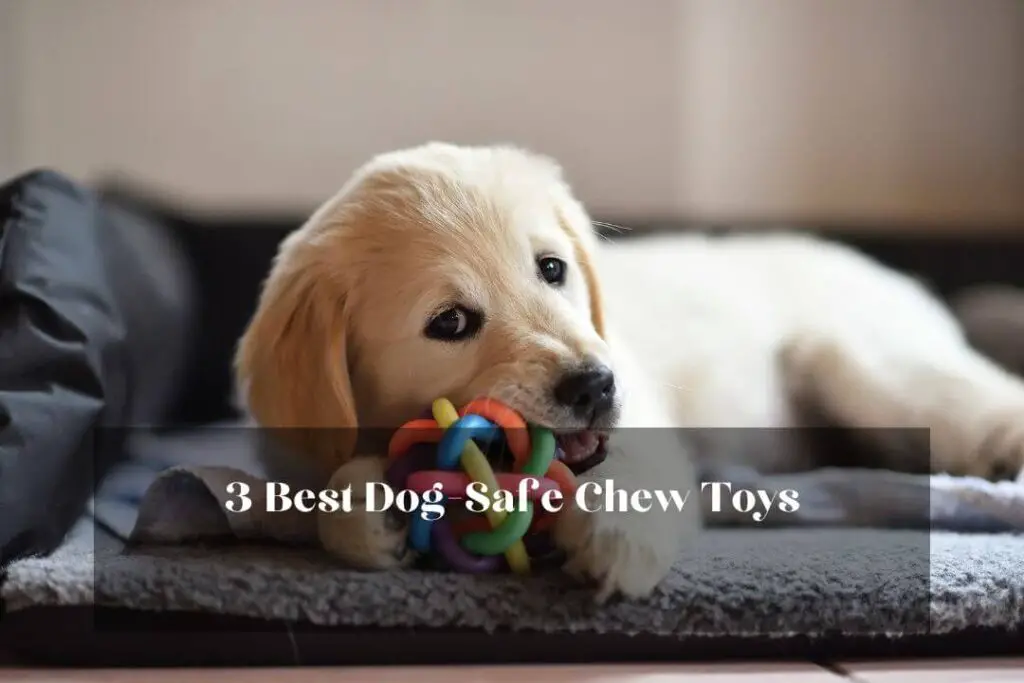
- Rubber or Nylon Chew Toys: These are durable and designed for dogs to chew on safely.
- Kong Toys: These types of toys provide mental stimulation to your furry friend. Plus, it also helps discourage dogs from chewing on other objects. You can fill these toys with treats or peanut butter.
- Dental Chew Toys: If you want to satisfy your dog’s chewing instinct and promote your dog’s dental health, consider using these toys.
- Few Related Concern That Dog Owner Face
- My Dog Swallowed a Beef Bone Without Chewing: 5 Do’s & Don’ts
- Is Dawn Dish Soap Safe for Dogs if Swallowed?
- Dog Swallowed Skunk Spray: 5 Do’s, 7 Risks, & 3 Prevention Tips
Conclusion
After reading this article, I hope you know what to do if my dog chews a battery but doesn’t swallow. You should note that battery exposure can lead to certain complications and health issues, which can also be long-term.
It can also cause severe discomfort and pain to your dog by causing chemical or acid burns. It would help if you visited the veterinarians for proper diagnosis and treatment as soon as possible. You should also check your dog for signs of discomfort or pain.
It’s best to call your best and let them know about the current situation. They can help you find the best course of action under specific circumstances and your dog’s health status. I hope you find this article helpful, and if yes, consider sharing this.
Your share will help many people learn about the risk and possible complications if the dog chews on the battery but doesn’t swallow. Do check our other helpful guide on the dog chewing problem and the solution. See you in the next post. Till then, take care and goodbye.

